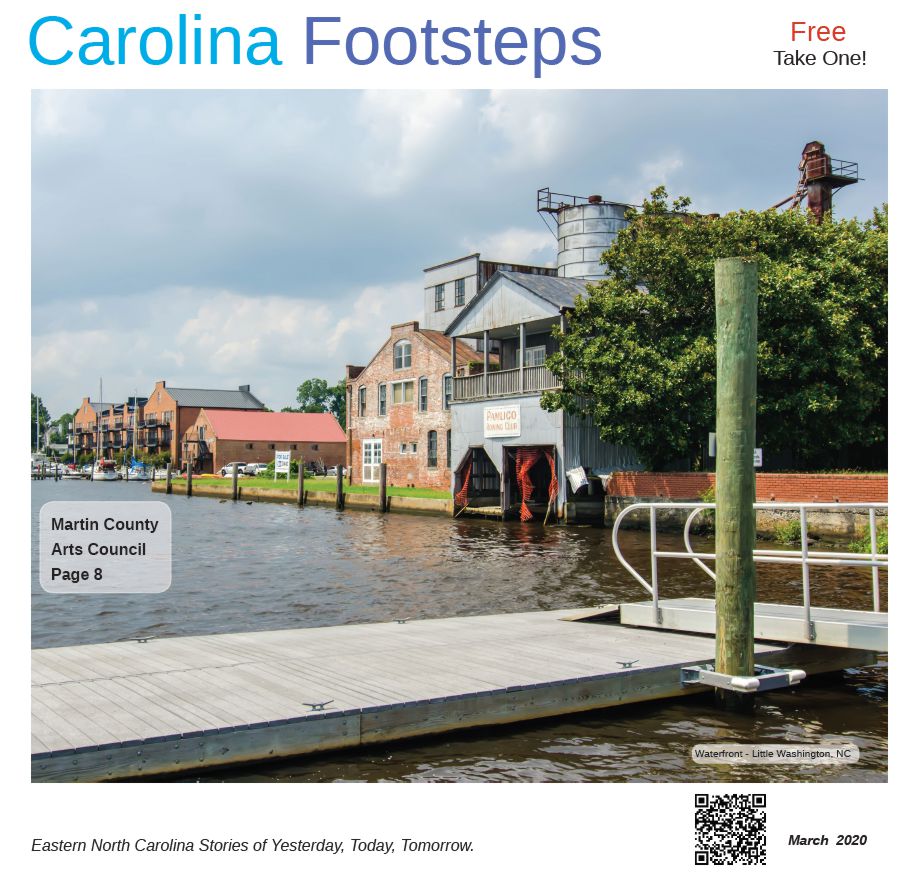It’s not so easy being a college kid these days. The job market for recent graduates has been shaky while, at the same time, students are leaving school with more debt than ever before.
If you have children who will someday be attending college, should you be worried?
You might indeed have cause for concern. Americans now owe more on student loans than on credit cards, according to the Federal Bank of New York, the U.S. Department of Education and other sources. For the college class of 2011, the most recent year for which figures are available, the average student loan debt was about $26,500, according to the Institute for College Access and
Success’s Project on Student Debt.
This type of debt load, coupled with the struggles to find a well-paying job commensurate with their education, is causing many recent graduates to get off on the wrong foot in terms of developing savings and investment strategies that could help them throughout their lives.
So, what can you do?
If you want to help your kids pay for college, you may want to consider a 529 plan. When you invest in a 529 plan, all withdrawals will be free from federal income taxes, as long as the money is used for qualified higher education expenses. (However, non-qualified withdrawals may be subject to ordinary income tax plus a 10% penalty on the earnings portion.) Contribution limits are high, and,
contributions may be eligible for a tax deduction or credit for residents in certain states.
A 529 plan, while valuable, is not the only educational savings vehicle available. You may also want to consider a Coverdell Education Savings Account, which, like a 529 plan, can generate tax-free earnings if the money is used for higher education expenses. However, a Coverdell account’s contribution limits are much lower than those of a 529 plan. You could also establish a
custodial account, known as an UGMA or UTMA, which offers some tax benefits and no contribution limits.
Nonetheless, while these vehicles may help you save and invest for college, they may also divert resources that you might have used for other financial goals — such as a comfortable retirement. Of course, it’s not an “either-or” situation — there’s nothing stopping you from contributing to a 529 plan, Coverdell account or custodial account along with your 401(k) and IRA.
Clearly, though, it will take discipline and perseverance on your part to save and invest for both your children’s education and your own retirement. Like everyone else, you don’t have unlimited resources. But you do have another ally — time. The earlier you begin investing for education and retirement, the greater your chances of achieving your goals in these areas. And by understanding how your goals interact, you can work to make sure you don’t inadvertently derail one when saving for another.
Avoiding the student loan “debt trap” while still making progress toward your retirement savings will require creative thinking — and both you and your children may have to make some sacrifices along the way. But the ultimate goals — a college degree that isn’t one big IOU and a comfortable retirement — are worth the effort.
Chuck O’Keefe is a
Financial Advisor with
Edward Jones.
Edward Jones
(252) 335-0352
www.edwardjones.com
Find me on Facebook at:
Edward Jones - Financial
Advisor: Chuck O’Keefe
For more articles check out this months Albemarle Tradewinds Magazine. Click Here
Financial Advisor with
Edward Jones.
Edward Jones
(252) 335-0352
www.edwardjones.com
Find me on Facebook at:
Edward Jones - Financial
Advisor: Chuck O’Keefe
For more articles check out this months Albemarle Tradewinds Magazine. Click Here
Help Your Children Avoid Student Debt Burden --- By Chuck O'Keefe
 Reviewed by kensunm
on
12:33:00 AM
Rating:
Reviewed by kensunm
on
12:33:00 AM
Rating:
 Reviewed by kensunm
on
12:33:00 AM
Rating:
Reviewed by kensunm
on
12:33:00 AM
Rating:







No comments: